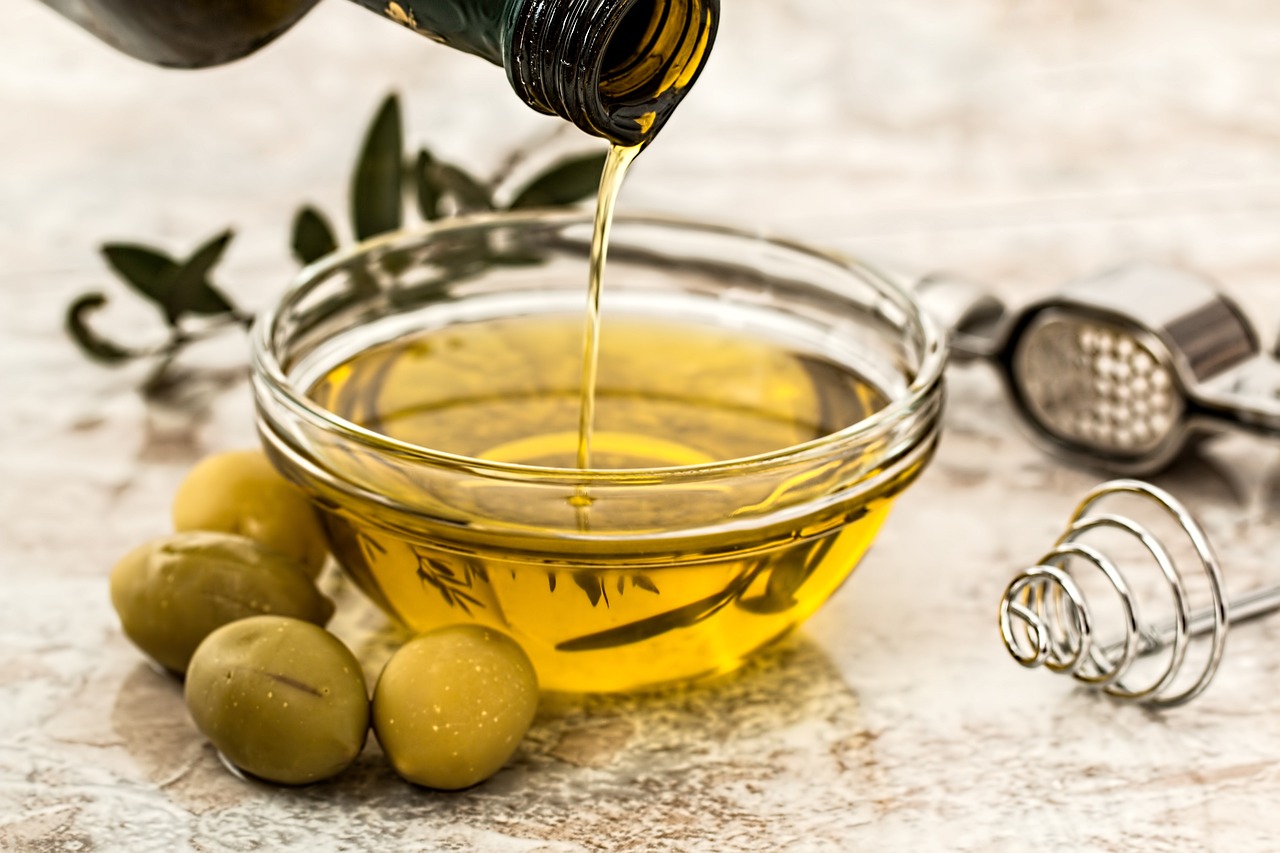The Secret to Authentic and Delicious Food is to Carefully Select the Right Cooking Fat

We live in a time where vegetable oil (or some other plant-based poison) is the norm for cooking in households. Deep frying some chicken? Vegetable oil. Making stir fry? Vegetable oil. Getting fries with that burger? Vegetable oil. Need some grease for that quesadilla? Vegetable oil.
I try not to talk in extreme language too often because it diminishes the value of your words, but I mean it when I say that this is an absolute travesty.
First off, I’ve already written extensively about how our most popular plant-based oils are incredibly unhealthy for you, especially when exposed to high heat. They are the poison that is killing us slowly.
But secondly, there is a ton of flavor and culture that we miss out on when we just default to vegetable oil.
Cooking Fat is a Sign of Culture
Traditionally (especially before plant-based oils became so popular), different regions of the world specialized in cooking with different kinds of fat. For example, you find a ton of butter in France and a ton of olive oil in Italy.
But here’s the thing: using the traditional cooking fat specific to a culture is not just a matter of tradition but a scientific necessity to achieve the authentic taste, aroma, and texture of the cuisine. Different fats contain different flavor molecules that contribute to the overall taste of the dish. Butter contains diacetyl, which gives it a creamy flavor, while olive oil contains polyphenols, which give it a peppery taste. And these tastes are all at once subtle, yet all encompassing. They provide the backbone of your entire meal.
Would you ever make Chinese fried rice and throw in butter as your cooking fat? If so, this article is definitely for you:
Stop doing that. Your food will never taste authentic, and you’ll never accomplish that “restaurant quality” you’re looking for.
But I like the taste of butter in my fried rice! You should just people like what they like!
Okay, here’s the thing… sure, if you’ve made something the authentic way and after some experimentation, decided that you prefer replacing the traditional fat with your own alternative, then have at it. You arrived at your conclusion almost scientifically, and I respect that. However, there are some other people whose reasoning for liking what they like is simply because that’s how they’ve always done it. I respectfully have to disagree. They’re simply doing it wrong. Fortunately, you can continue to be “wrong” your whole life and it won’t hurt anyone. But we’re the Cook’n family. We’re here because we love to cook amazing food, not because we merely love to eat.
The point is by using the appropriate fat, you respect the culinary heritage of the food you’re making and enhance the overall dining experience, making your dishes truly authentic.
A List of Culinary Fats
With all that being said, I’ve prepared a list of cooking fats you can experiment with. My recommendation is usually to invest in some beef tallow because it’s very American and also much healthier than frying your food in Canola oil. But if you find yourself cooking a lot of food from a different culture (or simply wanting to experiment), check out the other items on this list.
America’s Beef Tallow: Beef tallow became popular in the U.S. due to the country's large cattle industry. In the 19th and early 20th centuries, cattle were plentiful, and every part of the animal was utilized. Tallow, rendered from beef fat, was readily available and inexpensive. It was used extensively for cooking, particularly in deep frying and baking, before vegetable oils became widespread in the mid-20th century. Beef tallow imparts a rich, savory flavor that vegetable oils cannot replicate.
Mexico’s Lard: Lard, rendered pork fat, became the cooking fat of choice in South America due to the extensive pig farming in the region. Pigs were easier to raise than cattle and provided a significant amount of fat, which could be rendered and stored. Lard was used for its rich flavor and ability to produce flaky, tender pastries and perfectly fried foods. Essential for making empanadas and tamales, lard gives these dishes their characteristic flakiness and depth of flavor.
France’s Butter: Butter has been the cornerstone of French cuisine for centuries due to the country's robust dairy farming industry. The temperate climate of France supports lush pastures for grazing cows, which produce high-quality milk. Butter's rich flavor and creamy texture made it a staple in French cooking, from sauces to pastries.
India’s Ghee: Ghee, clarified butter, has been used in Indian cooking for thousands of years. Its origins lie in the need to preserve butter in a hot climate. By removing the water and milk solids, ghee can be stored without refrigeration. Ghee’s rich, nutty flavor and high smoke point make it ideal for Indian cooking techniques like frying and sautéing. Ghee has a nutty, aromatic flavor that is crucial for dishes like biryani and dal.
The Meditterranean’s Olive Oil: Olive oil has been a fundamental part of Italian cuisine since ancient times, thanks to the Mediterranean climate, which is ideal for olive trees. Olive oil is not only a cooking fat but also a key ingredient in Italian dishes, celebrated for its health benefits and distinct flavor profile. Central to Italian cuisine, olive oil adds a fruity, peppery flavor that is essential for dishes like bruschetta and pesto.
China’s Sesame Oil: Sesame oil, made from toasted sesame seeds, has a long history in Chinese cuisine. It has been used for thousands of years due to its distinctive nutty flavor and aromatic qualities. Sesame plants are native to the warm regions of Asia, and their seeds have been cultivated for oil production since ancient times. Sesame oil's ability to enhance the flavors of other ingredients made it a staple in Chinese cooking.
 Matthew Christensen
Matthew Christensen
Weekly Newsletter Contributor since 2023
Email the author! matthew@dvo.com
